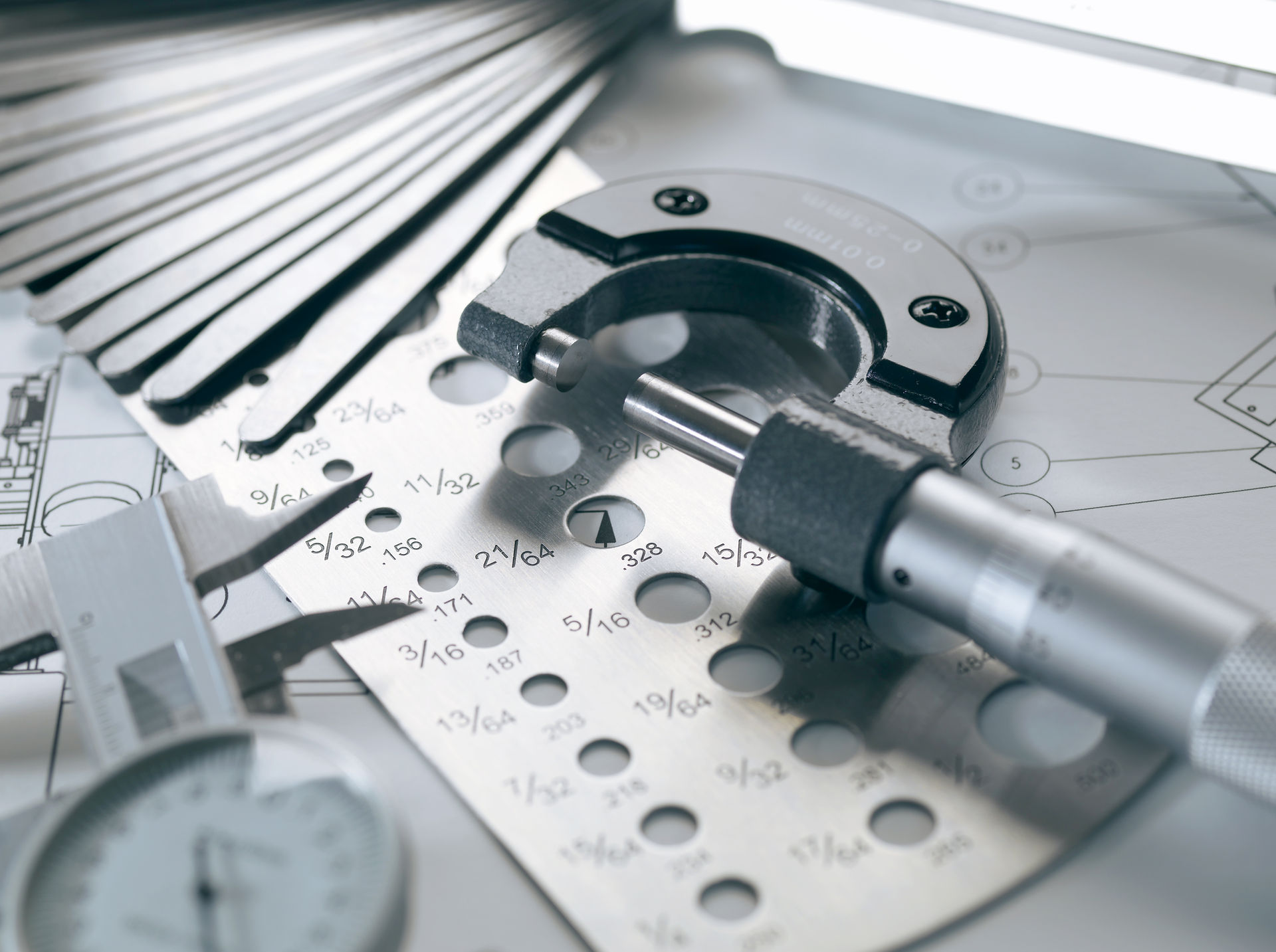
David Andrews Online Portfolio
Grouped Data Analysis








Overall Data Characterization
The Specified Tolerance Limit provided of 55± 4.0 is well within the natural limits of the manufacturing process; UNL=57.5, LNL=53.1, most frequently producing parts of hardness 55.5. The Standard Deviation of 1.113 indicates that 68.3% of parts will register a hardness of 55.4 ± 1.113. The normally distributed bell curve layered over the Histogram “Rockwell Hardness” acts as a way to visualize the production results. As seen in figure 1, the bell curve lets us visualize how much of a frequency distribution a standard distribution is.
Visually, figure 2 shows a slightly lopsided frequency distribution, seeming to favor 55.5 to 57. The mode (number which appears most often) is misleading when determining what tolerance occurs most. As stated above, the frequency distribution helps show the 55.5 is the most likely to occur.
On Process Capability & Tolerance Limits
Using the formulas for Process Capability Ratio, or , we can gauge the capability of the process. (Cp: ratio of specified limit
difference to 6 std. dev, Cpk: Similar to Cp, w/ consideration to tolerance center) The Natural Tolerance Limits may be within the Specified Tolerance Limits, however this itself does not designate that the process is acceptably capable. According to Fundamentals of Manufacturing, Philip D. Rufe, “A larger value of is preferable. Ratios above 1.33 are considered acceptable.” At a value of , and , the heat treating process can produces parts to spec, but should be improved.
Formula List:
Measure of Spread:
Variance: Sample Standard Deviation:
Symmetry
Process Capabilities
Download Me